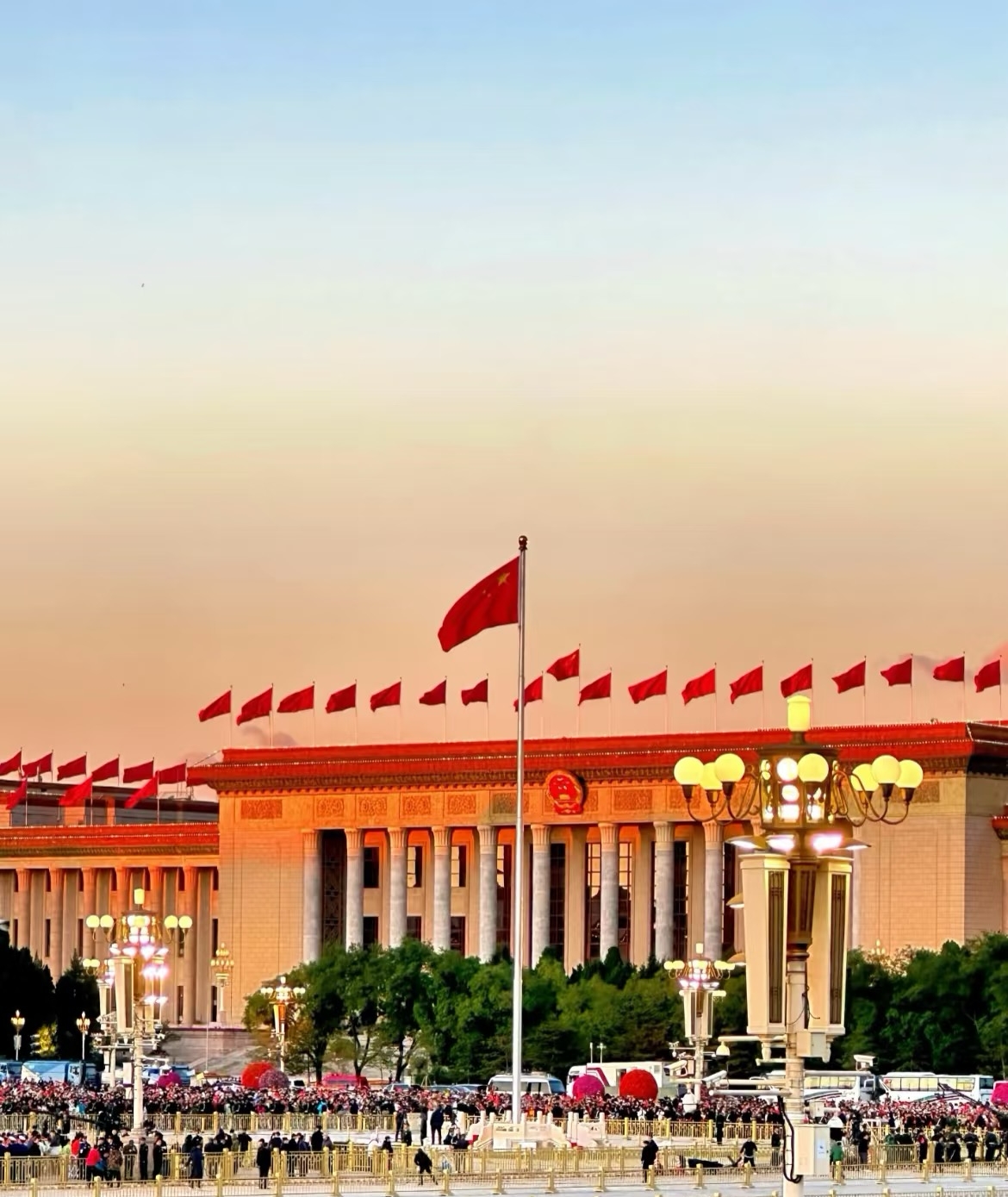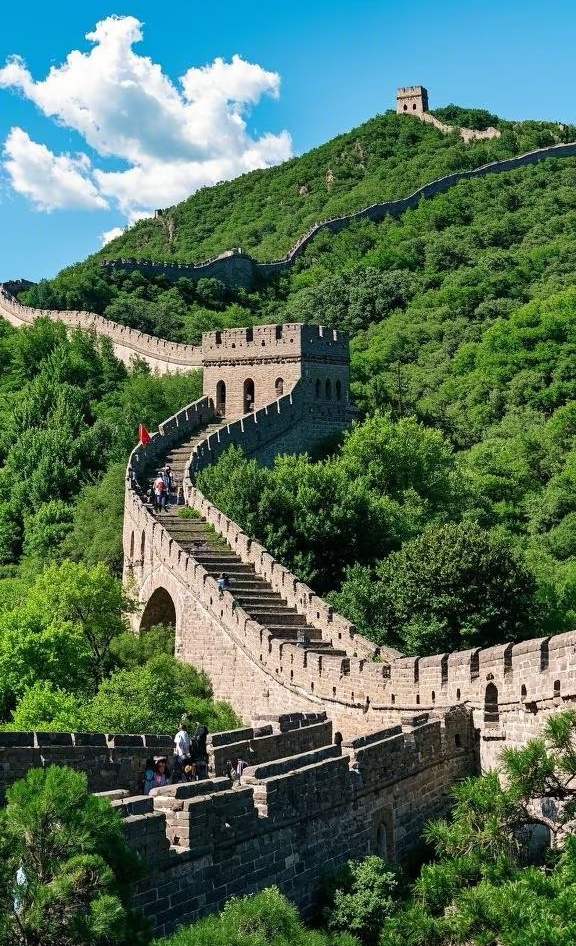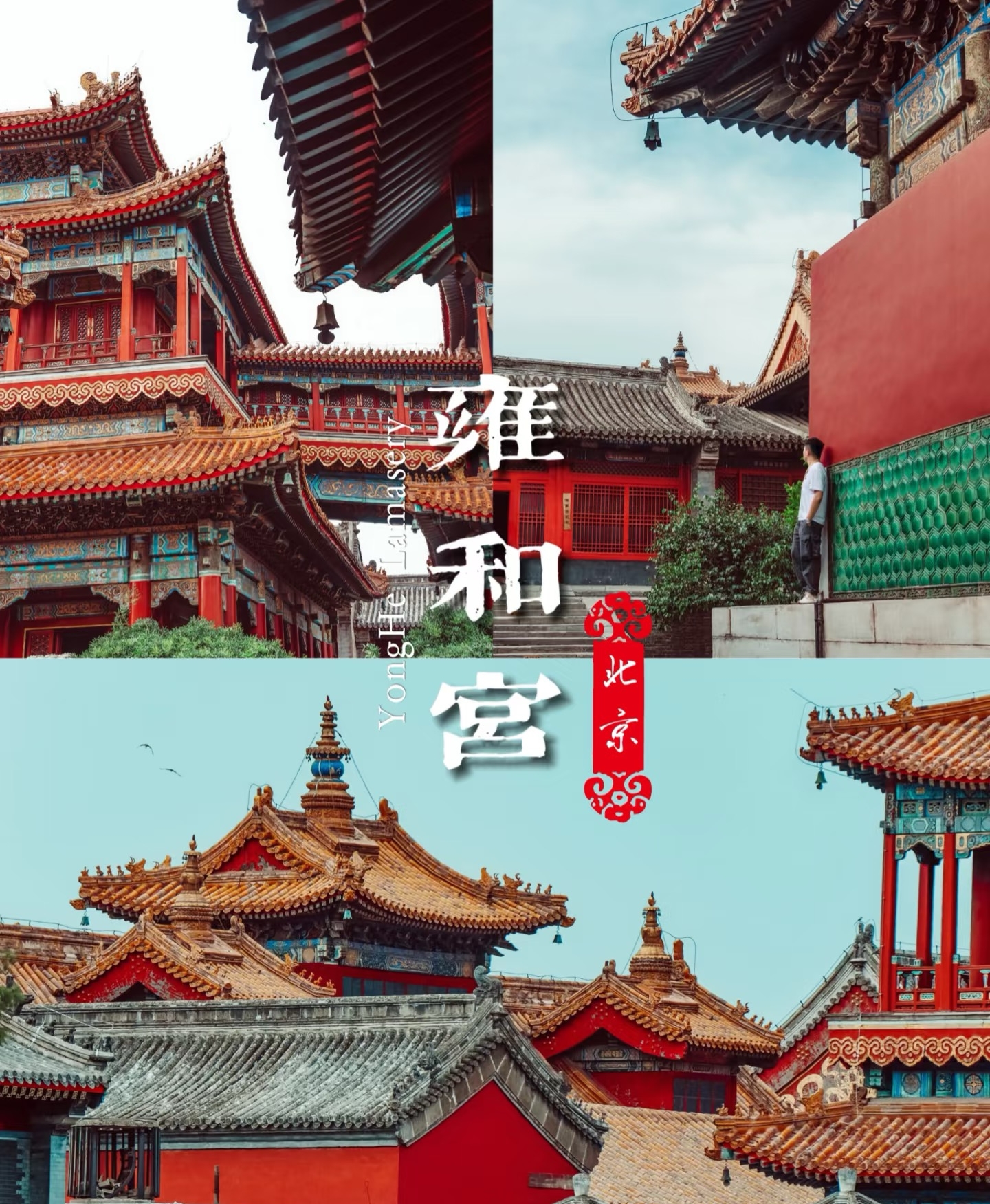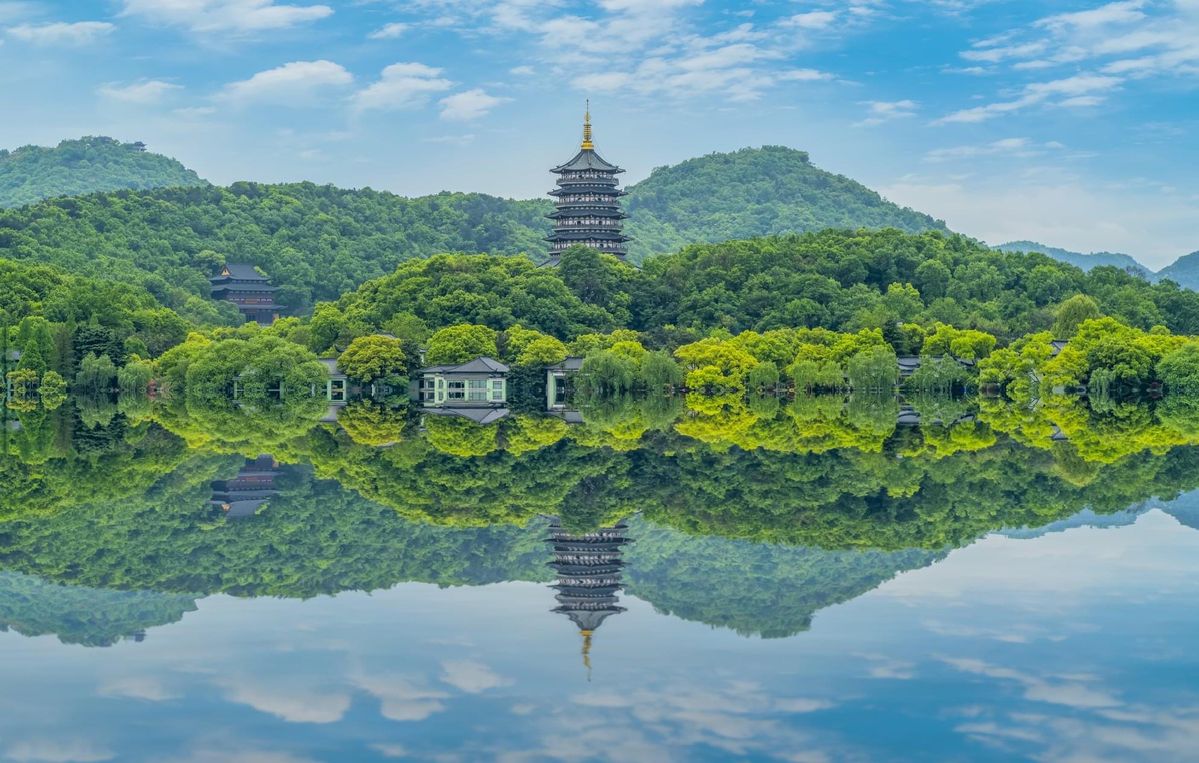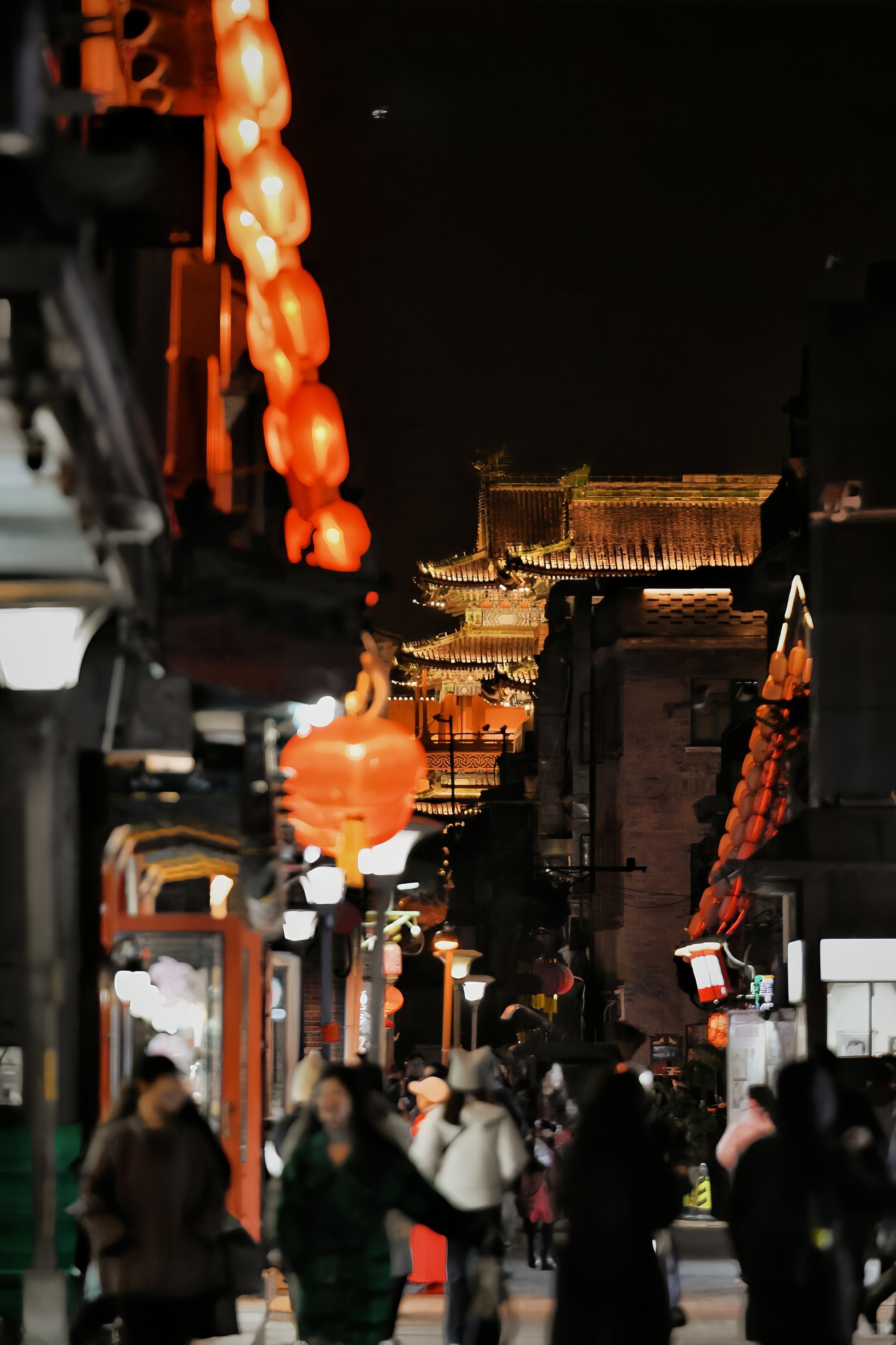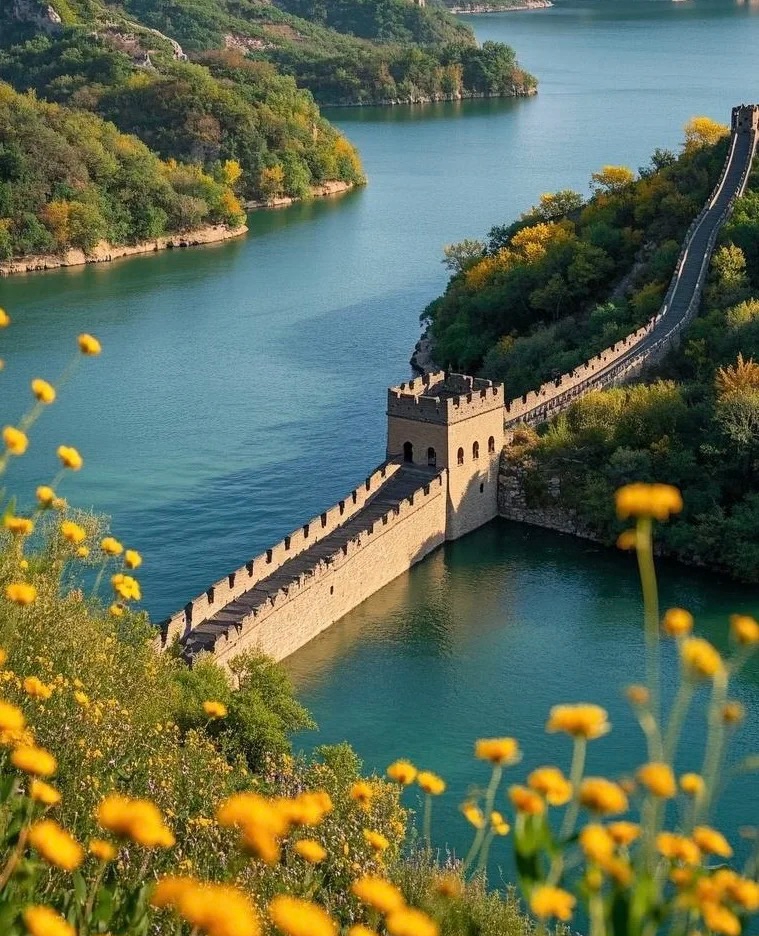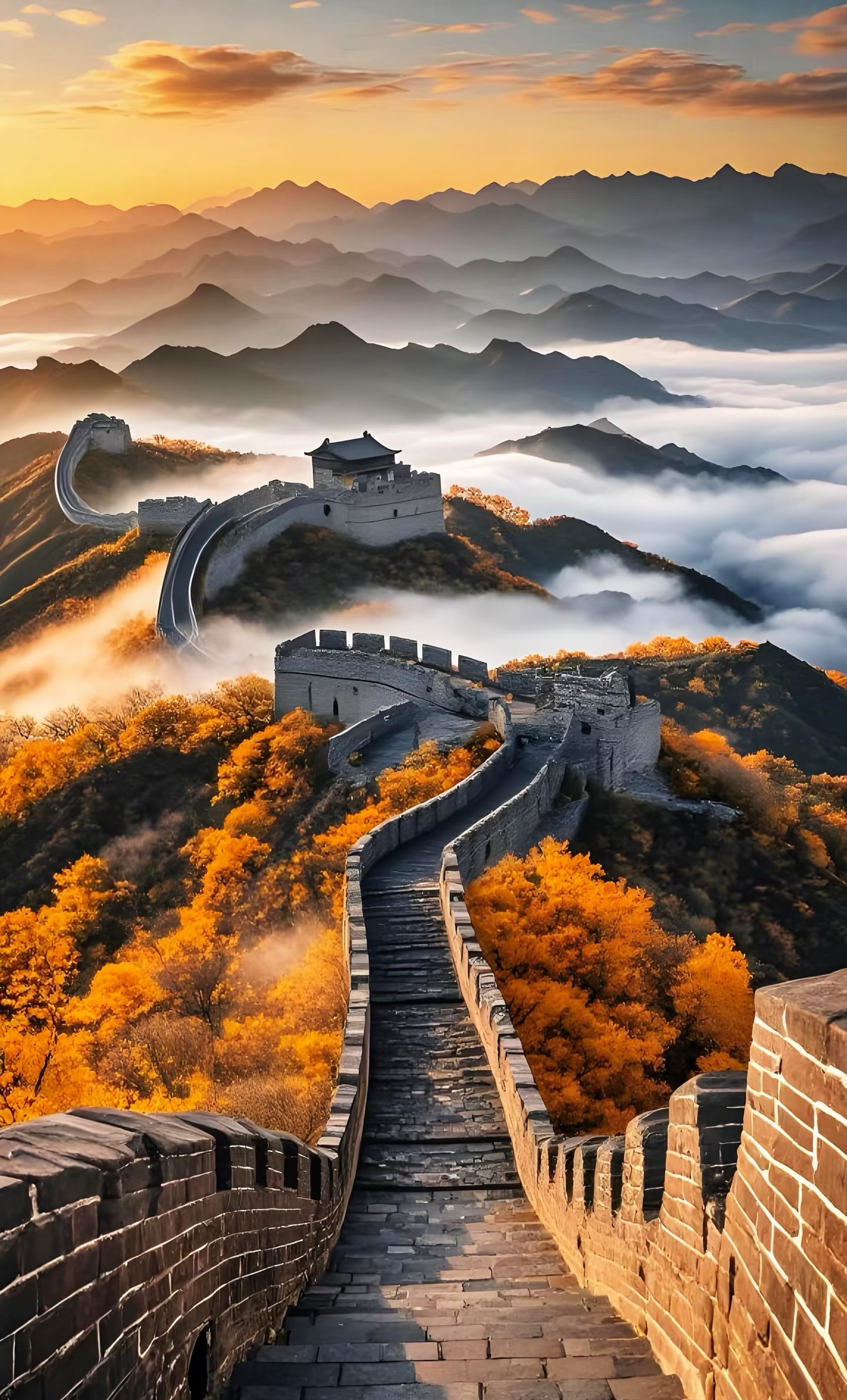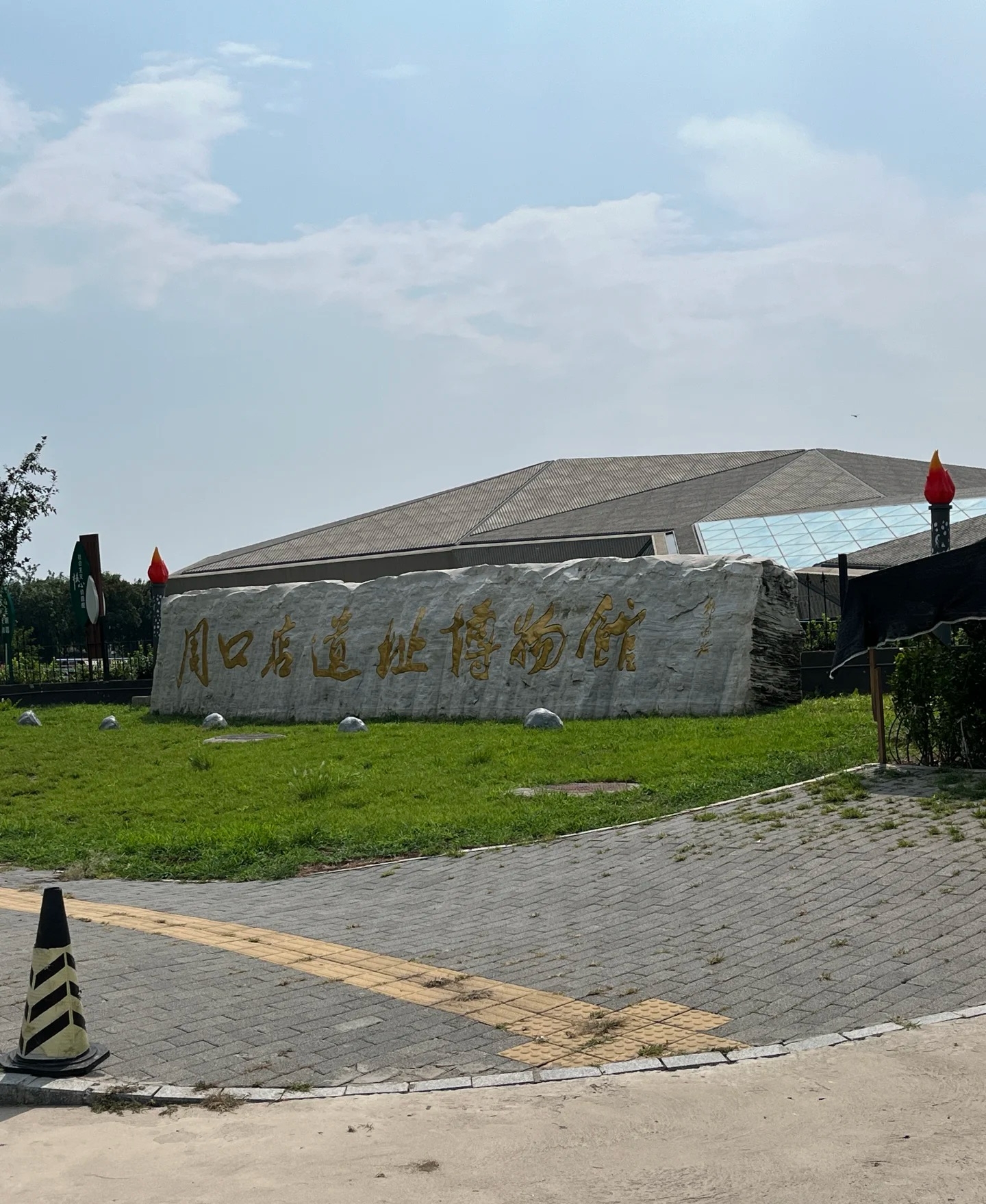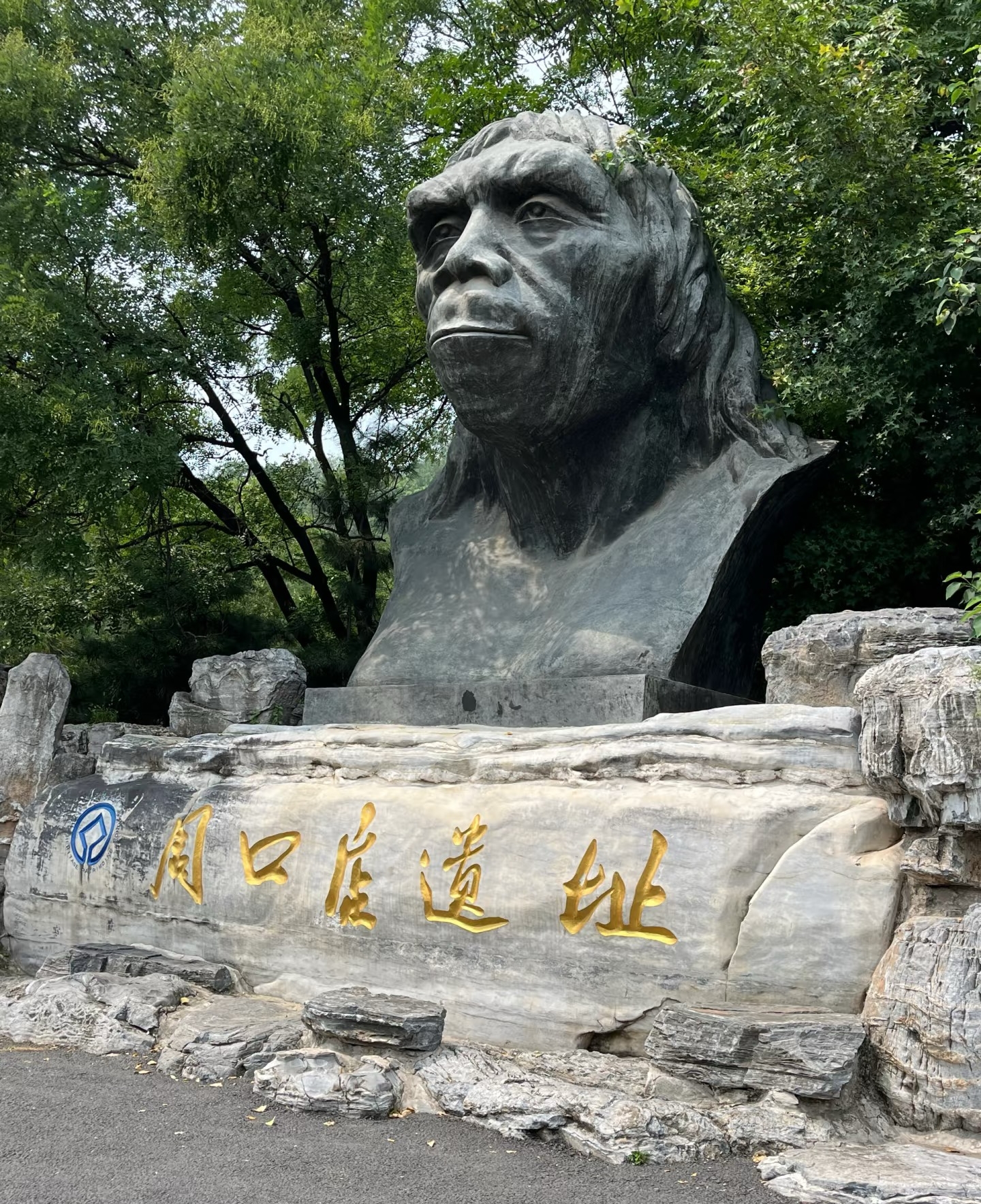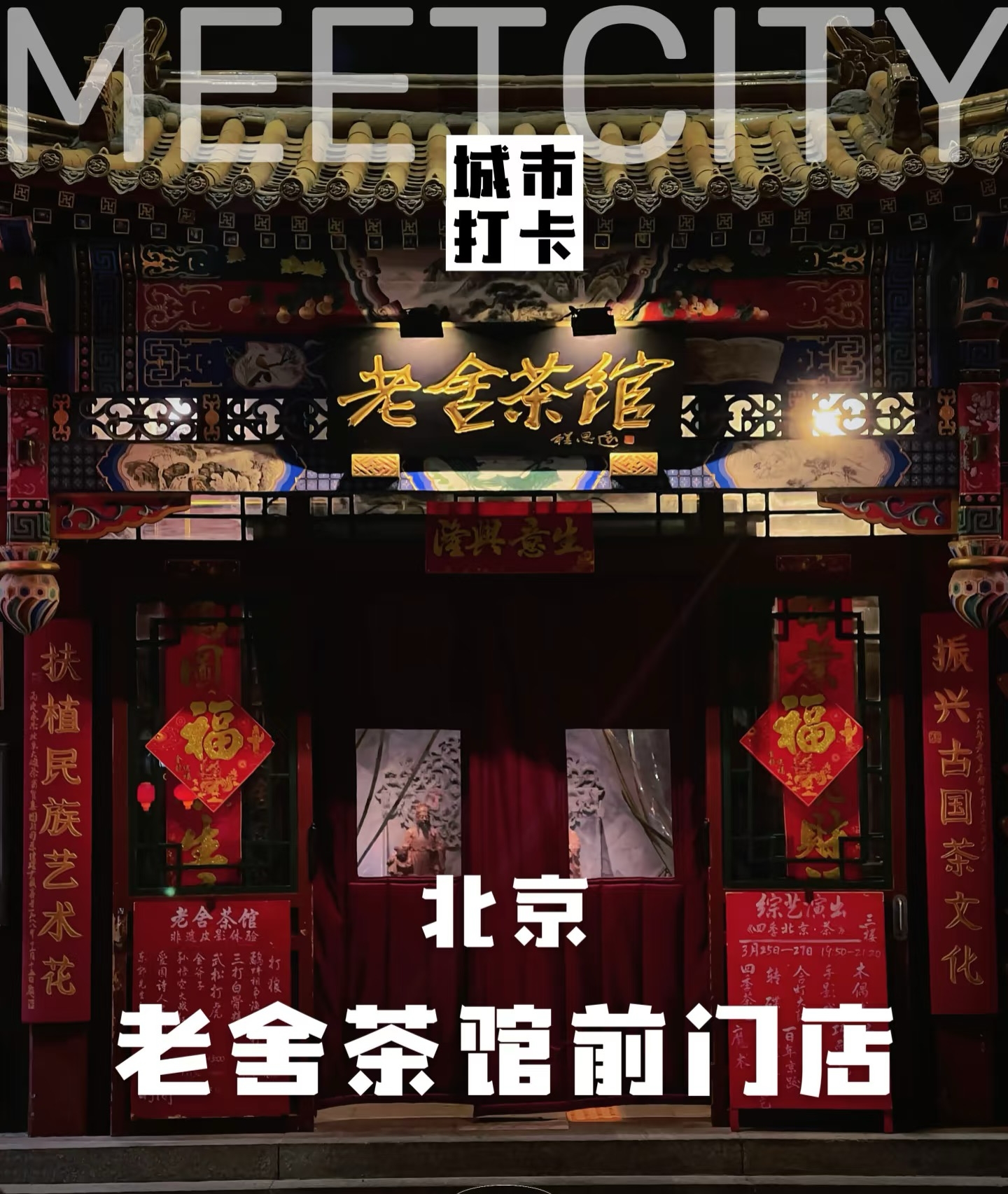

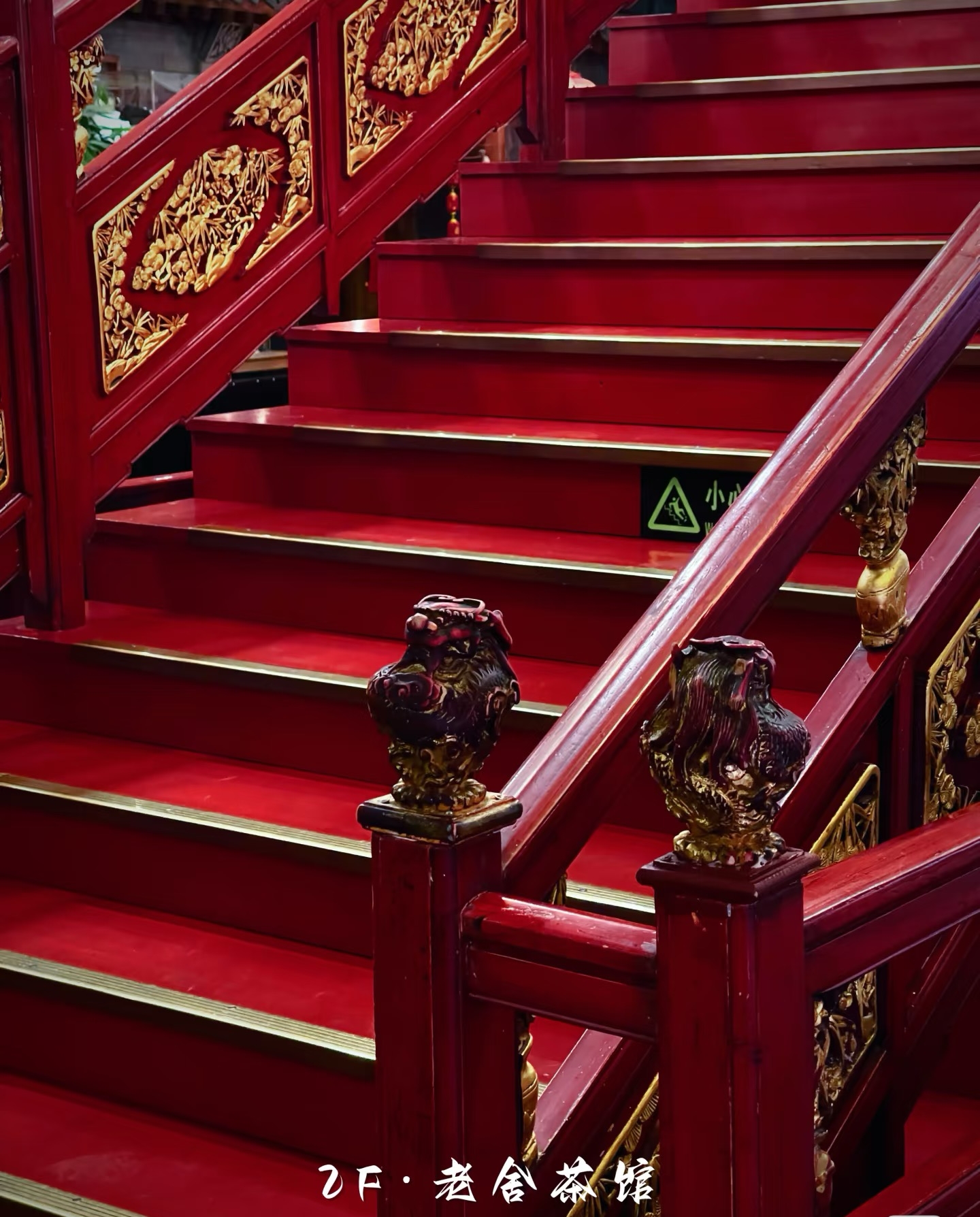

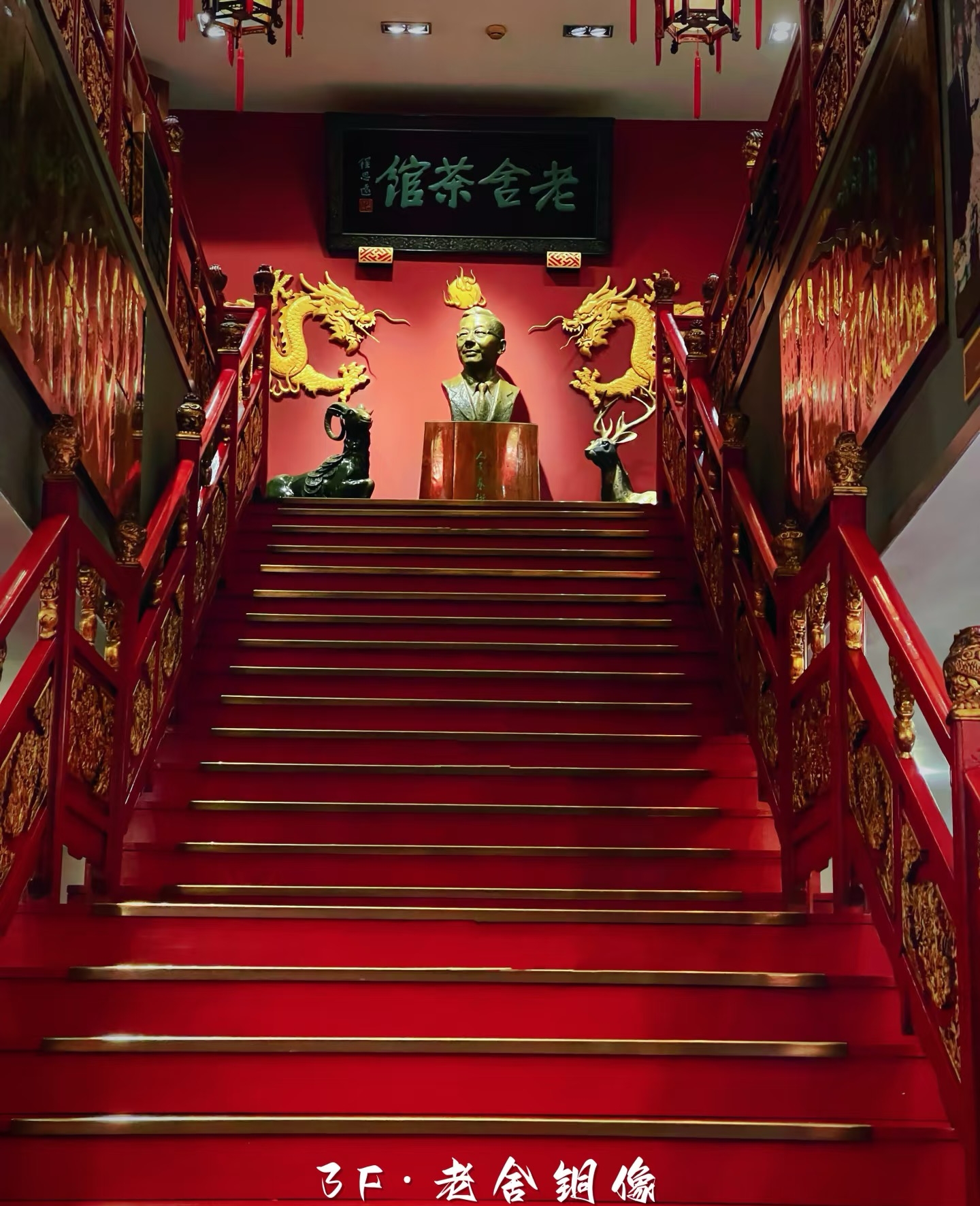
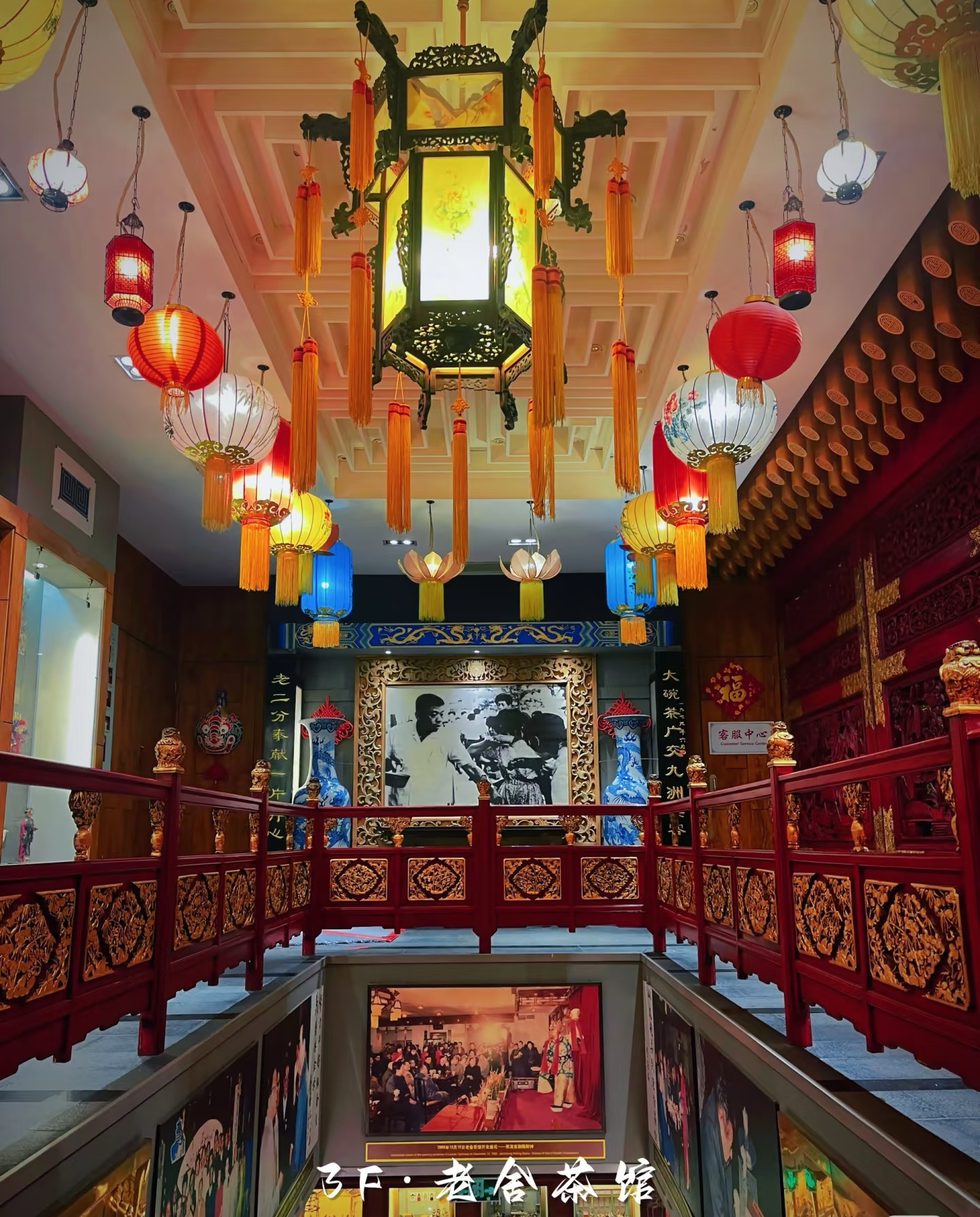
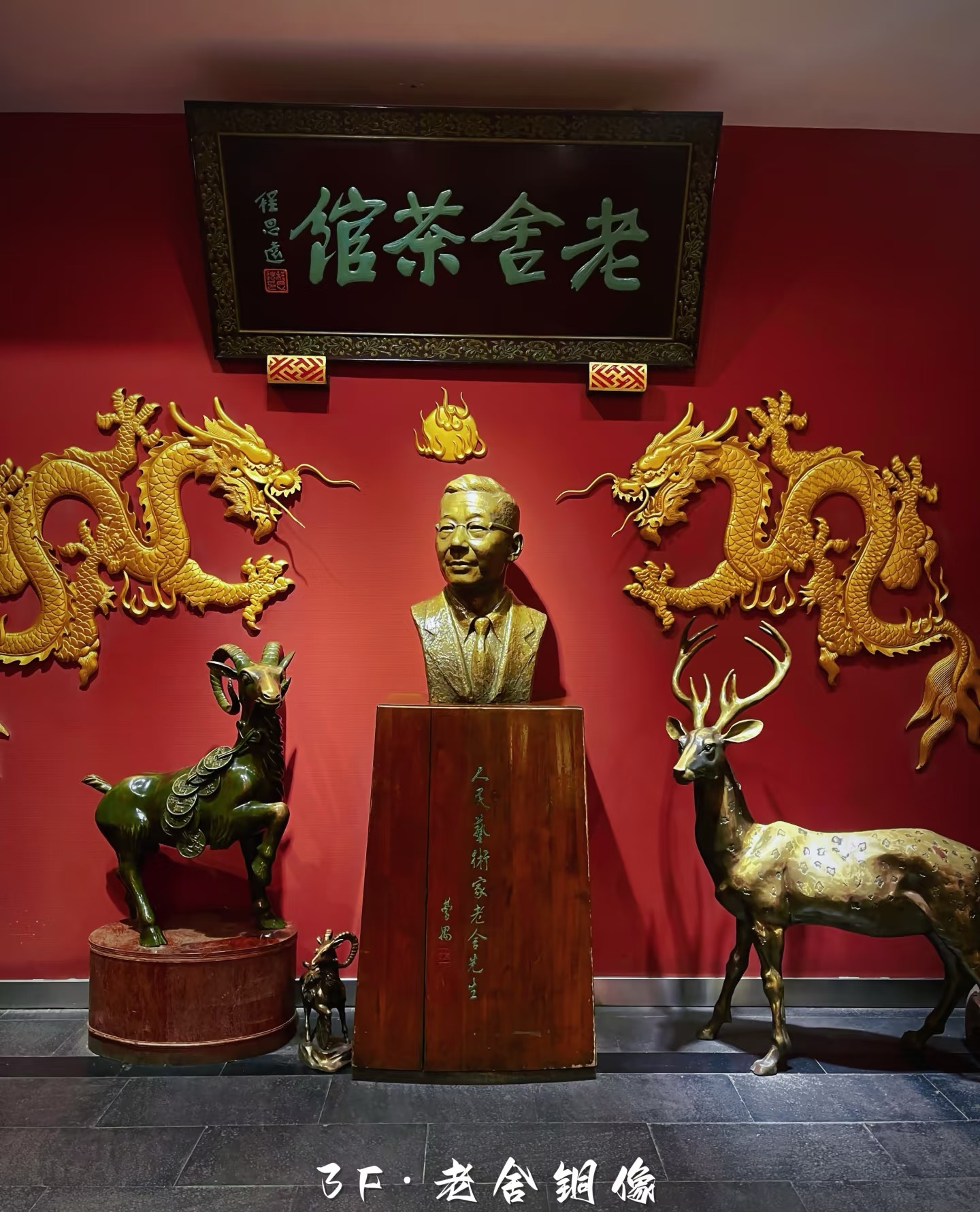
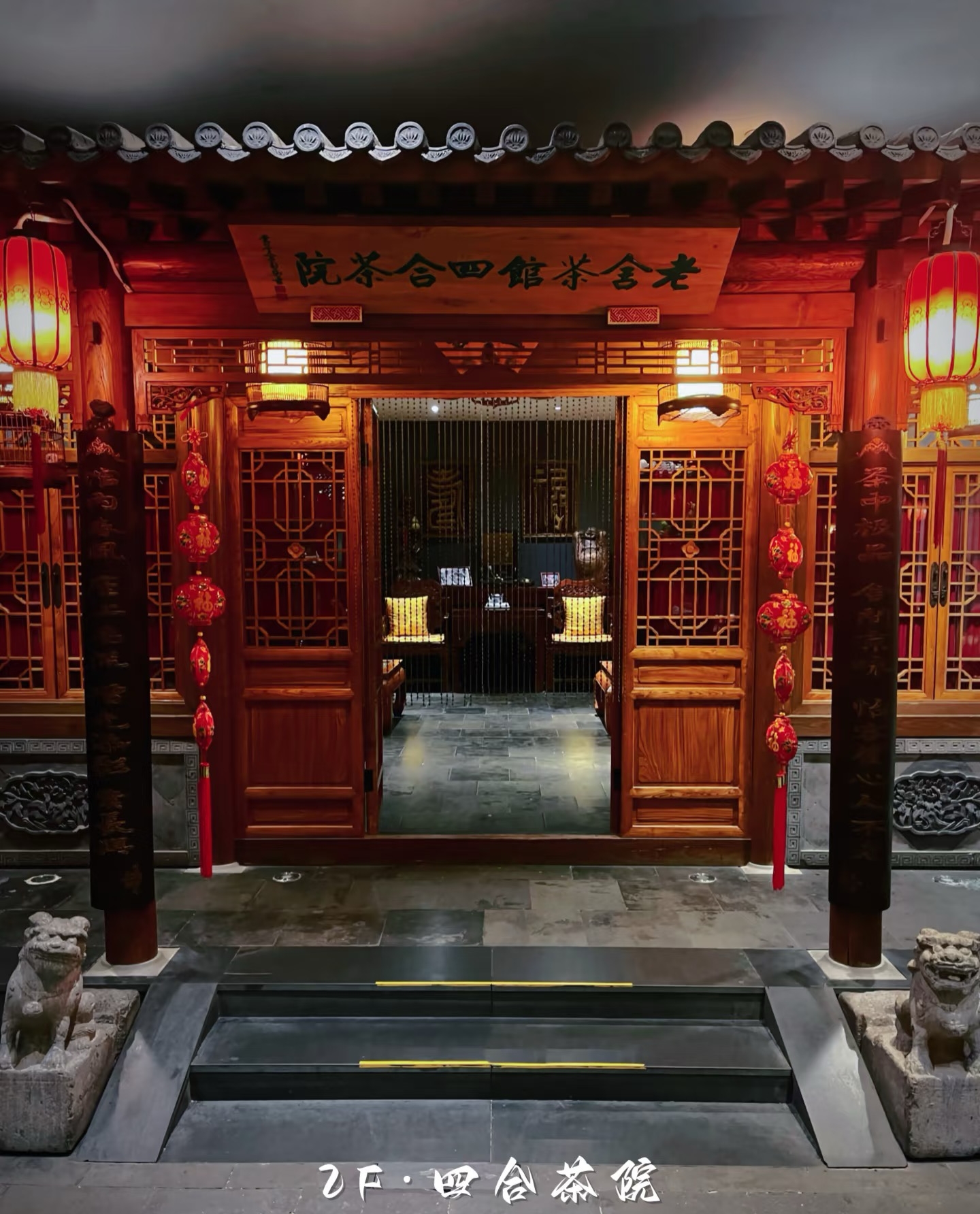
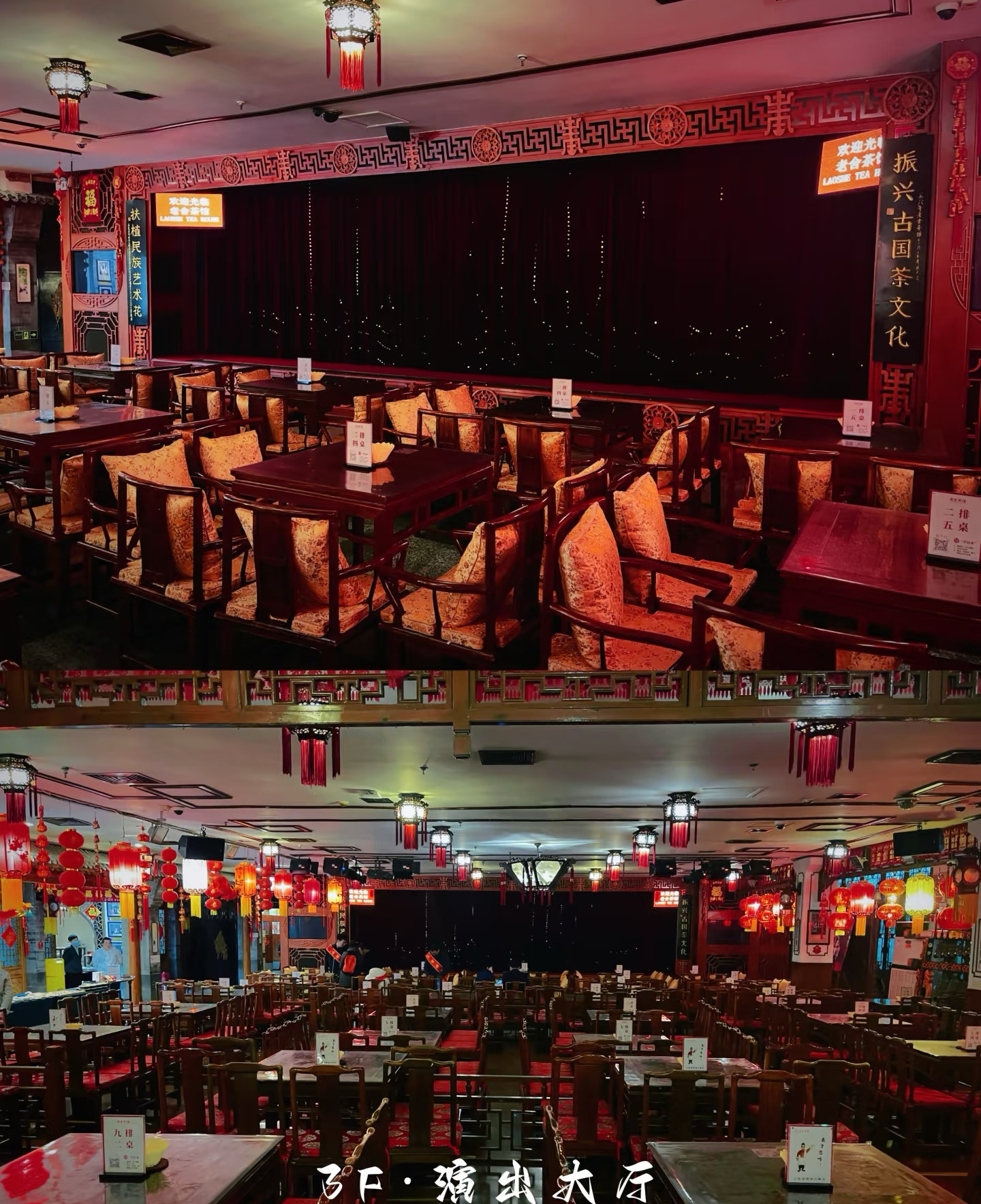
Lao She Teahouse
Named after the famous Chinese writer Lao She, this cultural teahouse offers a traditional Beijing tea experience combined with performances of Chinese folk arts. Established in 1988, it has become a popular venue for both locals and tourists to enjoy Chinese tea culture, Peking Opera, acrobatics, magic shows, and folk music. The teahouse is decorated in classical Chinese style with antique furniture and traditional artwork.
Information
Ticket price
Time
Location
Building 3, Zhengyang Market, Qianmen W Ave, Xicheng District, Beijing, China
View maps
More about the trip
Lao She Teahouse: A Quintessential Beijing Cultural Experience
Named after the famous Chinese writer Lao She, this cultural teahouse offers a traditional Beijing tea experience combined with captivating performances of Chinese folk arts. Established in 1988, it has become a popular venue for both locals and tourists to enjoy Chinese tea culture, Peking Opera, acrobatics, magic shows, and folk music. The teahouse is decorated in classical Chinese style with antique furniture and traditional artwork, providing an immersive cultural evening.
What to See and Do
Traditional Tea Ceremony: Experience an authentic Chinese tea ceremony, learning about the art of tea preparation and tasting various types of Chinese tea.
Folk Art Performances: Enjoy a diverse program of traditional Chinese folk arts, which typically includes:
- Peking Opera excerpts: Witness the colorful costumes, stylized movements, and unique vocalizations of this classical Chinese art form.
- Acrobatics: Be amazed by the skill and agility of acrobatic performers.
- Magic Shows: Traditional Chinese magic tricks that often involve quick changes and illusions.
- Cross-talk (Xiangsheng): A popular form of comedic dialogue.
- Traditional Music: Performances on various Chinese instruments.
Classical Beijing Ambiance: The teahouse is designed to evoke the atmosphere of old Beijing, with traditional decor, wooden furniture, and a cozy setting.
Local Snacks: Enjoy a selection of traditional Beijing snacks and dim sum served alongside your tea.
Best Time to Visit
Evening performances are the main draw. It's an indoor attraction, suitable for visiting year-round. Booking in advance is highly recommended, especially for good seats.
How to Get There
Lao She Teahouse is located near Qianmen Street. Take Metro Line 2 to Qianmen Station (前门站), Exit C. From there, it's about a 10-15 minute walk to the teahouse, which is in Zhengyang Market.
Travel Tips
Book in advance: Secure your tickets and preferred seating, especially for popular shows.
Arrive early: Arrive a bit early to settle in, order your tea and snacks, and soak in the atmosphere before the show begins.
Photography: Photography is usually allowed, but be respectful of the performers and other audience members.
Combine with Qianmen Street: The teahouse's location makes it easy to combine your visit with a stroll along Qianmen Street.

